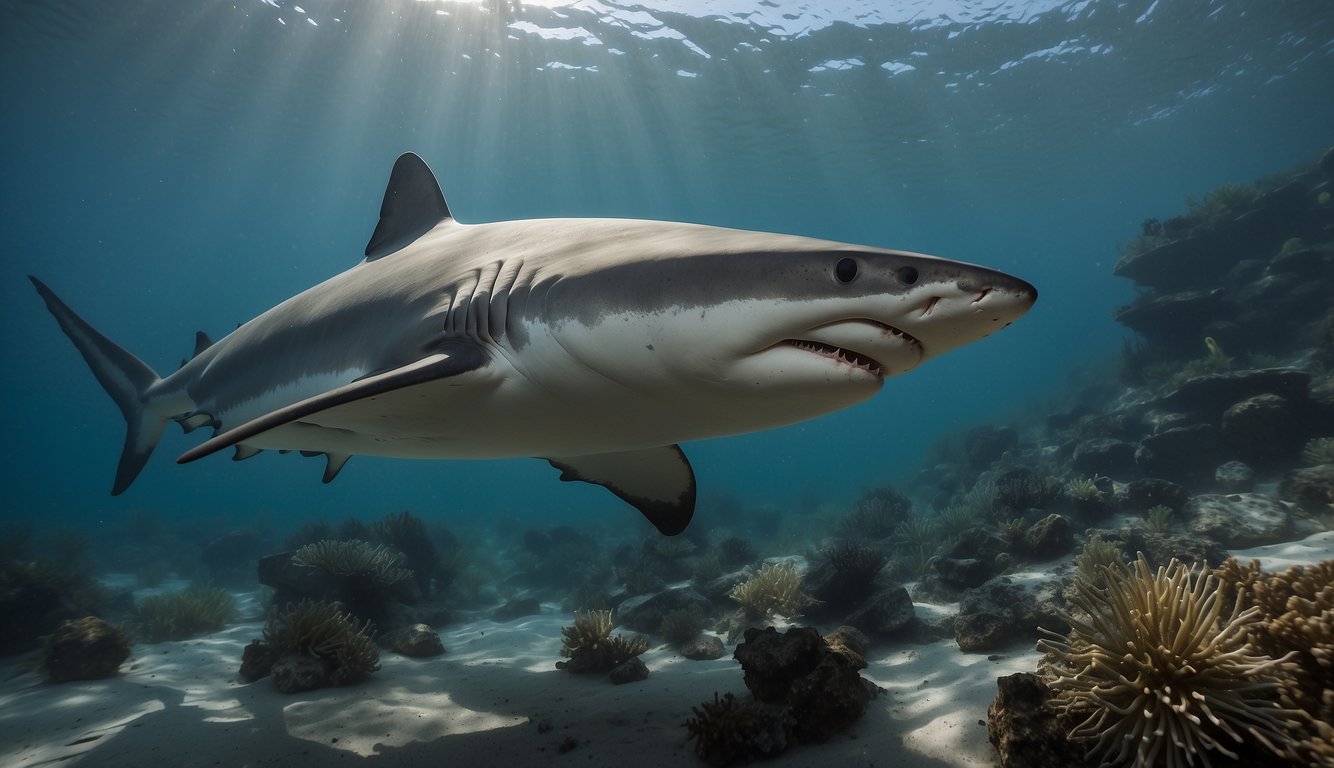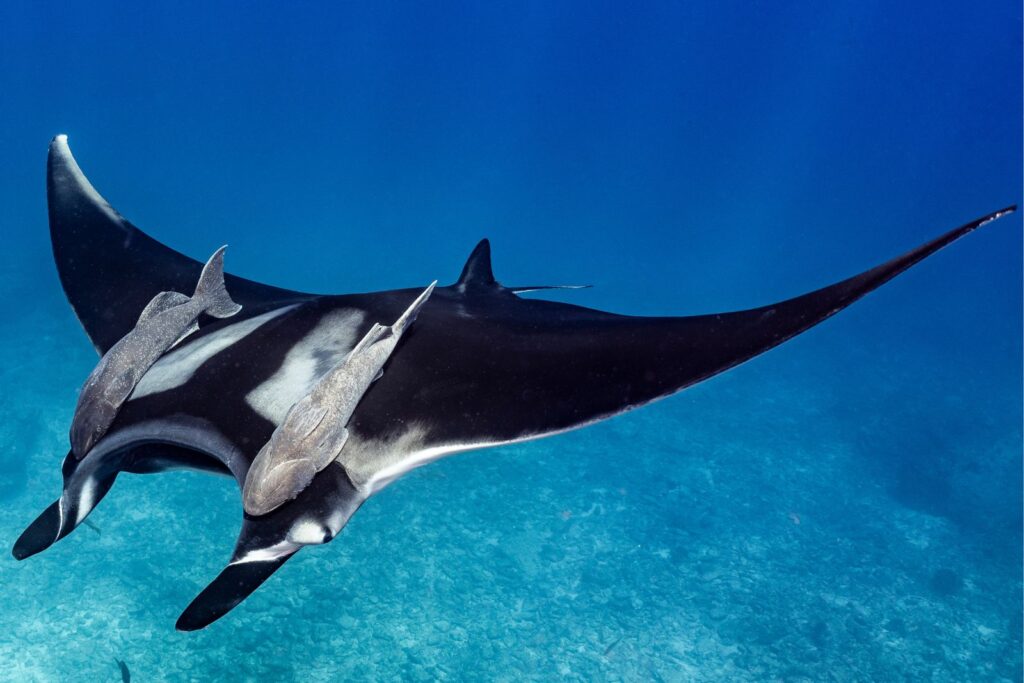Bull Shark: The Formidable Predator of Coastal Waters

The bull shark, with its robust build and tenacious demeanor, commands respect in the coastal waters of the world. Here's a closer look at this formidable predator:
Anatomy and Characteristics:
Bull sharks are stout-bodied fish with a blunt snout, broad head, and muscular build. They are characterized by their grayish-brown coloration and small eyes. Their powerful jaws house rows of sharp teeth, perfectly adapted for seizing and devouring prey.Habitat and Range:
Found in both saltwater and freshwater environments, bull sharks inhabit coastal areas, estuaries, rivers, and even freshwater lakes. They are highly adaptable and can tolerate a wide range of salinities, allowing them to venture far inland through river systems.Feeding and Hunting Behavior:
Bull sharks are opportunistic feeders, preying on a variety of marine and freshwater species, including fish, turtles, birds, and mammals. Their voracious appetite and aggressive nature make them formidable hunters, capable of taking down prey much larger than themselves.Reproduction and Life Cycle:
Bull sharks reproduce via internal fertilization, with females giving birth to live young after a gestation period of around 10 to 12 months. They typically give birth in shallow, protected waters, where the young can find refuge from predators until they are large enough to fend for themselves.Conservation Status:
Bull sharks are not currently considered endangered, but they face threats from habitat degradation, overfishing, and human-wildlife conflict. Conservation efforts are essential for protecting these apex predators and maintaining the health of coastal ecosystems.The bull shark's adaptability and predatory prowess make it a fascinating and formidable inhabitant of coastal waters. By understanding and respecting these apex predators, we can foster coexistence and ensure the preservation of our marine environments.
